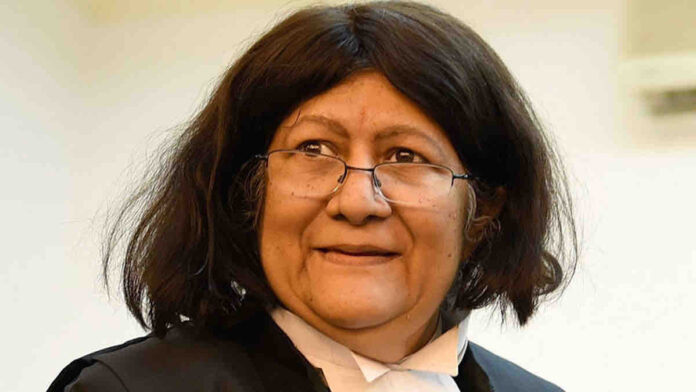In a thought-provoking address during an event organized by the Adhivakta Parishad to celebrate International Women’s Day, former Supreme Court Judge, Justice Indira Banerjee, shed light on the persistent issue of gender imbalance within the higher echelons of India’s judiciary. Her insights came as a poignant reminder of the slow pace of change in ensuring gender equality in one of the nation’s most critical institutions.
Justice Banerjee, whose tenure on the apex court spanned from August 7, 2018, to September 23, 2022, emphasized the striking statistic that she was only the eighth woman to be appointed as a Supreme Court judge since the Indian Constitution came into force 68 years ago. “The question that begs an answer is – why do we have this gender imbalance in the higher judiciary?” she posited, highlighting a concern that has long shadowed the judicial system.
Despite women outperforming men in various states’ judiciary competitive exams, with around 60% of successful candidates being women, their representation at higher judicial levels remains disproportionately low. Justice Banerjee attributed this disparity to the systemic process of judicial appointments, which sees a significant portion of positions filled from the bar, thereby disadvantaging women who may have taken breaks in their careers due to maternity or familial responsibilities.
The societal expectation for women to prioritize domestic duties over professional advancement was another barrier highlighted by Justice Banerjee. She criticized the traditional mindset that stigmatizes ambition in women, advocating instead for a more equitable perception of women’s roles both at home and in their professions.
Also Read
Echoing Justice Banerjee’s sentiments, Delhi High Court Judge Justice Pratibha M Singh pointed out the contrast between the high percentage of female law students and the significantly lower percentage of those who eventually enroll as advocates. Justice Singh attributed this gap to societal prejudices against women lawyers, suggesting that these biases contribute to the underrepresentation of women in legal practices and, by extension, in the higher judiciary.
Both justices expressed hope for a future where women not only participate more fully in the legal profession but also achieve representation in the Supreme Court that mirrors their societal proportion. Justice Banerjee, in particular, envisioned a judiciary where women make up at least 40% of the Supreme Court bench and even ascend to the position of Chief Justice of India.




